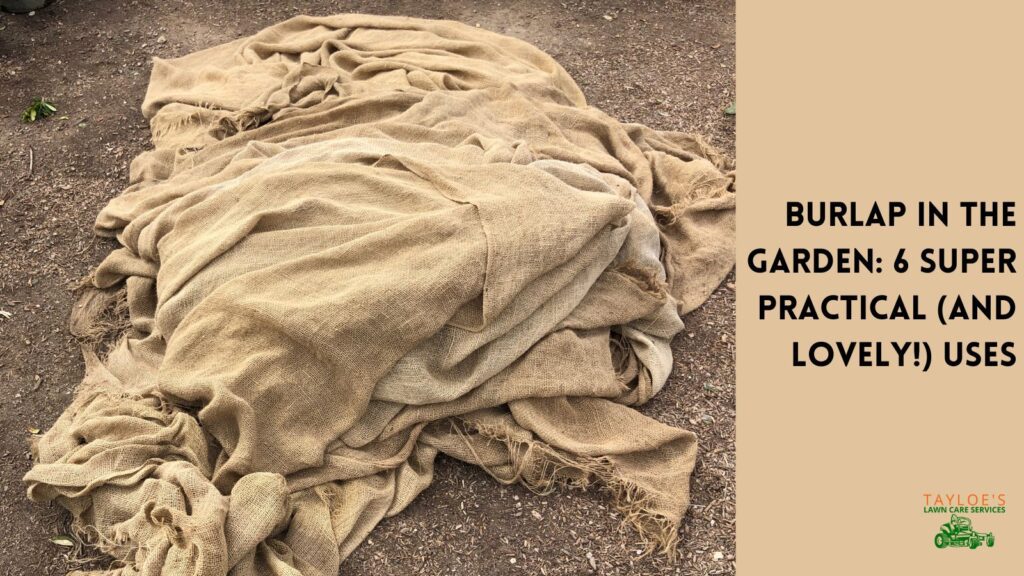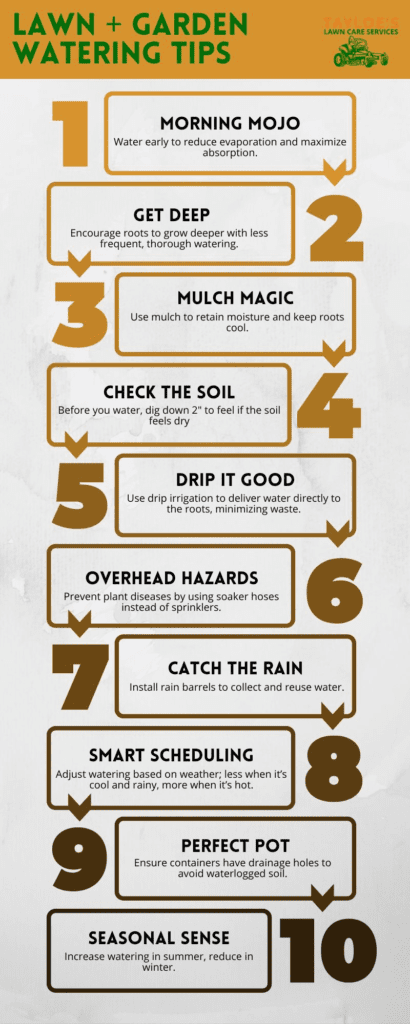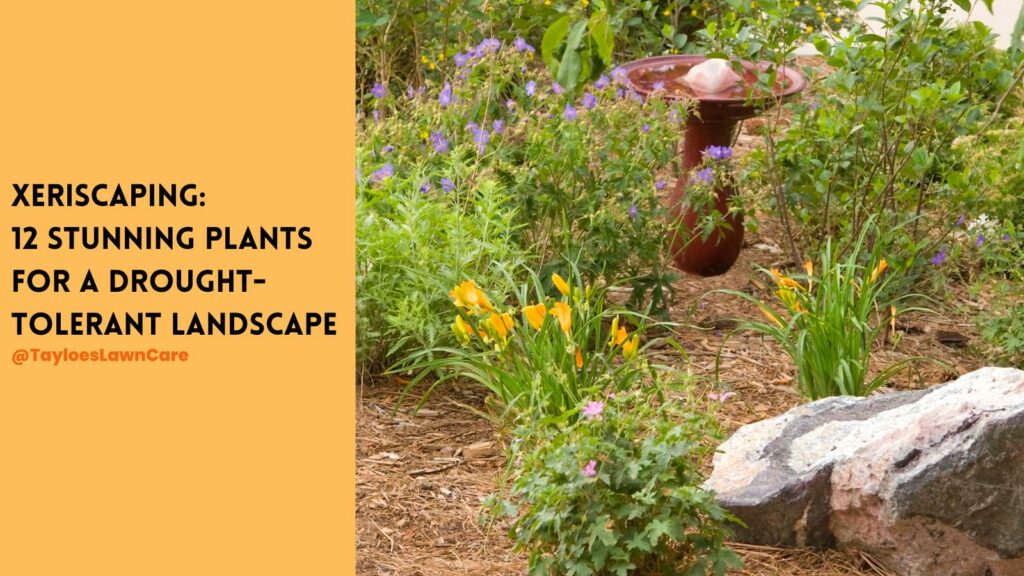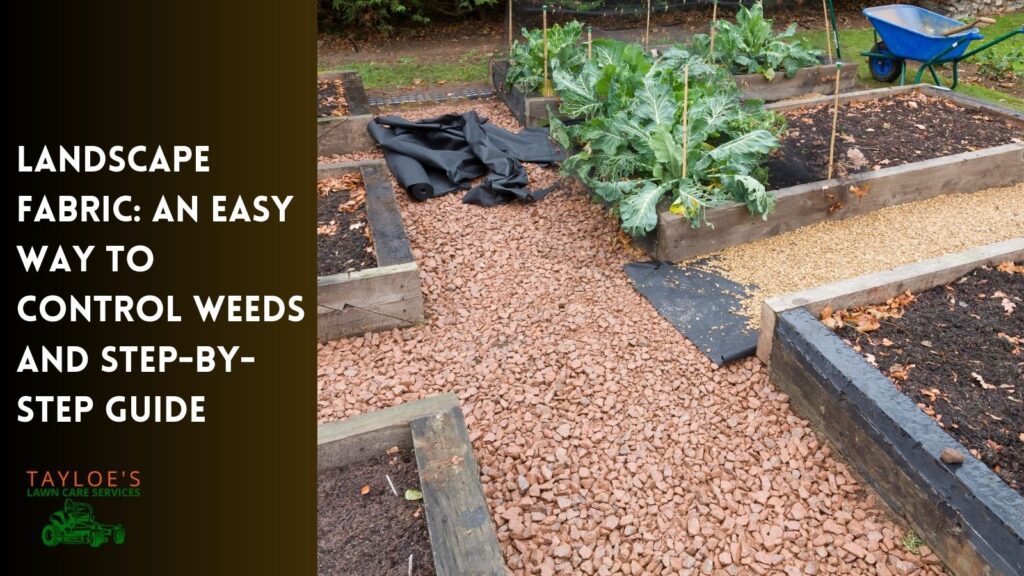Last Updated on: 29th December 2025, 02:14 pm
An unexpected frosty snap can lead to heartbreak for gardeners.
Every gardener knows the feeling: You’ve lovingly nurtured your plants all season, only to wake up one crisp morning to find them wilted or damaged by an unexpected frost. It’s a heart-wrenching sight, especially when you’ve invested time, effort, and love into your green haven. But here’s the good news: with these frost protection tips, you can prevent that disaster.
With weather patterns unpredictable and frosty nights appearing suddenly, having a game plan can make all the difference. This article will explore a few easy ways to safeguard your plants from those icy nights.
So, whether you’re a seasoned gardener or just getting your green thumbs dirty for the first time, read on to arm yourself with the knowledge to keep your garden thriving, even when the temperatures take a nosedive.
Emergency Frost Protection Methods

Frost can sometimes take us by surprise, even when we think we’re well-prepared. But don’t fret; immediate action can still make a big difference. Here are some emergency measures to help you swiftly react and shield your plants from those unexpected chills:
- Covering plants: The most straightforward and immediate action you can take when a frost warning appears out of the blue. Use old blankets, burlap, or plastic sheets to cover your plants. These covers act as a barrier against the frost, trapping the ground’s warmth and preventing it from escaping. Ensure the coverings reach the ground and are securely anchored to prevent them from flying off. In the morning, once the threat of frost has passed, remove these covers to let the plants breathe.
- Watering before frost: Admittedly, this tip may sound counterintuitive. But lightly watering your plants just before a predicted frost can be beneficial. When water freezes, it releases heat. Thus, it provides your plants with some added warmth. Furthermore, moist soil retains heat better than dry soil. This means the warmth radiating from the wet ground can help keep your plants’ roots protected from the biting cold.
- Cloches or Bell Jars: Consider using cloches or bell jars if you have a few susceptible plants or seedlings. These dome-shaped covers, often made of plastic or glass, are perfect for providing individual plants with a protective microclimate. By trapping warmth from the ground and shielding the plant from cold air, cloches can be a lifesaver for your garden’s young or fragile members. Remember to remove or ventilate them during the day so your plants don’t overheat.
In the face of an unexpected frost, every minute counts. But with these emergency measures in your arsenal, you can act swiftly and give your beloved plants a fighting chance against the cold. The key is to be proactive; always be ready to spring into action when frost threatens, and your garden will thank you.
Long-term Frost Protection Techniques
While emergency measures are significant for unexpected frosty nights. If you think frost will be a recurring guest, it’s wise to implement long-term strategies. These techniques not only ensure that your garden is always prepared, but they also reduce the stress of last-minute scrambles. Let’s discuss some of the proactive approaches to ensure your plants thrive through the colder months:
- Mulching: One of the most influential and eco-friendly methods to combat frost is mulch. You create an insulating barrier by applying a thick layer of organic mulch around your plants like pinestraw, leaves, or wood chips. This barrier retains moisture, prevents the ground from freezing too rapidly, and shields the roots of your plants from sudden temperature drops. Additionally, as organic mulch breaks down, it enriches the soil, giving your plants added nutrients for spring.
- Sheltered Locations: The location of your plants can significantly influence their frost resistance. Areas shielded from prevailing winds or nestled against the southern side of structures can be considerably warmer. Planting in sheltered spots or using natural features like hills or trees as windbreaks. They can prevent frost from settling on your plants. Also, be mindful of “frost pockets”—depressed areas where cold air accumulates. Understanding your garden’s topography allows you to place your plants in the warmest spots strategically.
- Frost-resistant Garden Design: Garden design determines how well plants can fend off frost. Utilizing south-facing slopes can ensure maximum sunlight during the day, allowing the ground to absorb and retain more warmth. Integrating hardscape elements, such as rocks or brick paths, can be beneficial. These structures release heat slowly at night, providing your garden with pockets of warmth. Consider arranging plants in tiers, with hardier plants shielding the more delicate ones.
Preparing for frost in advance is akin to setting a solid foundation for your garden. By implementing these long-term strategies, you provide your plants the best chance to weather the frost. You also foster a resilient garden ecosystem ready to face any weather challenge. Remember, a little foresight today can ensure a blooming garden tomorrow!
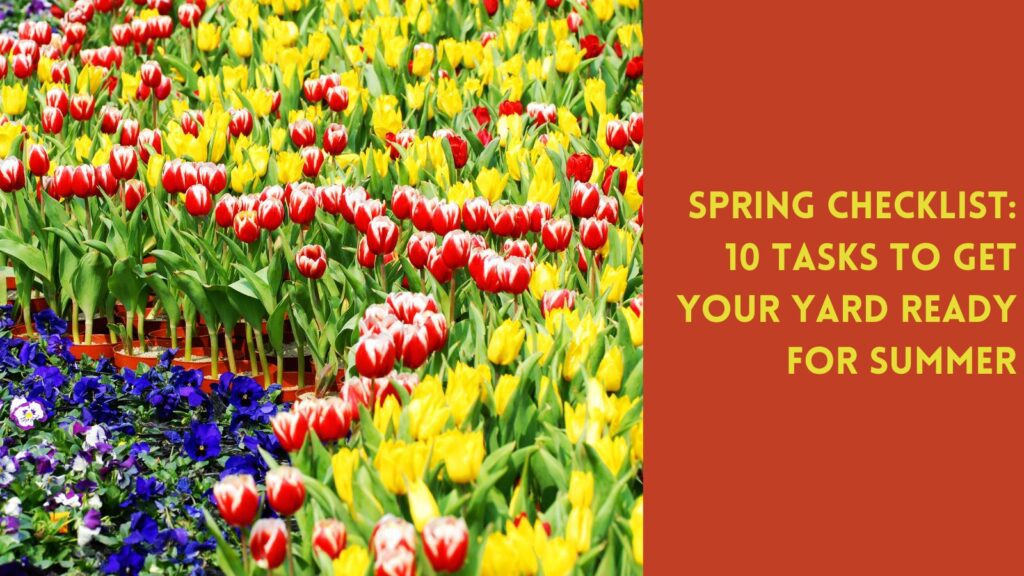
Tools and Products for Convenience
In the world of gardening, sometimes having the right tool or product can be a game-changer. Especially when it comes to frost protection, invest in innovations designed to help your plants withstand the chill.
Let’s explore some of these tools and products that can make safeguarding your garden from frost a breeze:
- Floating Row Covers: These are lightweight, non-woven fabric covers that can be draped directly over plants. They serve a dual purpose: protecting plants from pests and acting as an insulating layer against cold. The beauty of floating row covers is that they’re light enough not to crush plants. Yet, it is effective in offering several degrees of frost protection. They still allow sunlight and rain to penetrate. But they still ensure your plants continue to receive essential elements while being shielded from frost.
- Frost Blankets: While similar in concept to row covers, frost blankets are often thicker and provide superior insulation. They’re designed to shield plants from colder temperatures and can be draped over plants or supported by frames. It’s essential to ensure the blanket’s edges are anchored to the ground to trap the soil’s warmth. And remember, as with all covers, remove or pull back during the day to prevent overheating, especially on sunny days.
- Water-filled Protectors: These are typically plastic cylinders filled with water, designed to be placed around individual plants. The water inside absorbs heat during the day and releases it slowly at night, providing warmth to the surrounding plant. They’re handy for young plants or those extra sensitive to frost.
- Anti-frost Sprays: While not a replacement for physical protection methods, these sprays can offer a supplemental layer of defense. They form a protective layer on the plant’s surface, preventing frost damage. However, always read the label and follow the manufacturer’s instructions to ensure they suit your specific plants.
Investing in some of these tools and products can save you time and effort in the long run. They may also significantly enhance the level of protection your plants receive. With these tools in your gardening shed, you’ll face even the most unpredictable frosts confidently. After all, preparedness is a gardener’s best weapon against frosts!
Choosing the Right Plants
Sometimes, the best offense is a good defense. When it comes to frost, selecting the right plants can determine how your garden fares during those chilly nights. Plants vary in their resilience to cold, and understanding these differences can help you curate a garden that’s naturally resistant to frost:
- Hardy Varieties: Certain plant varieties have evolved to withstand cold temperatures better than others. When purchasing plants, especially perennials, look for ones labeled “frost hardy” or “cold hardy.” These plants are more likely to survive unexpected frosts without any additional protection.
- Understanding USDA Hardiness Zones: The United States Department of Agriculture (USDA) has divided the country into different hardiness zones based on average annual minimum winter temperatures. Each plant has a zone rating indicating where it can grow as a perennial. Choosing plants suitable for your specific zone ensures they adapt to your area’s typical temperature ranges.
- Native Plants: Plants native to the region adapt well to local climate conditions, including frost. They’ve had centuries to acclimate to the region’s unique challenges, making them inherently more robust and resilient. Incorporating native plants into your garden can reduce the need for frost protection, benefit local wildlife, and reduce maintenance.
- Early and Late Bloomers: Some plants bloom early in the spring, while others flower later. By incorporating a mix, you can ensure that even if an unexpected frost damages early blossoms, your garden will still have a chance to shine later in the season.
Choosing the right plants for your garden based on their frost resistance is a proactive approach to combat cold. While it’s essential to have measures in place to protect plants from frost, starting with hardy plants ensures you’re already one step ahead in the game. After all, a garden tailored to its environment is a garden that thrives!
Related Reading:
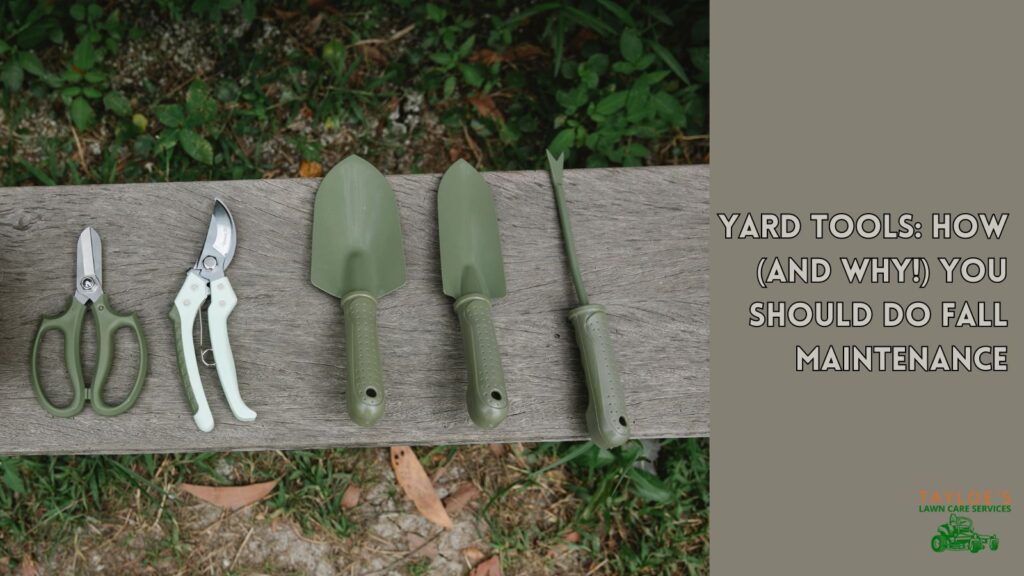
The Takeaway: Frost Protection Takes Some Advance Planning But Is Possible
As we wrap up our exploration of frost protection, it’s evident that with knowledge, tools, and strategies, frost doesn’t have to be the bane of your gardening existence. From immediate emergency measures to long-term planning, every gardener has an arsenal of tactics to safeguard their green paradise from those cold, crystalline invaders.
Gardening, in many ways, is an act of harmony with nature. It’s about understanding the rhythms of the seasons, the quirks of your local climate, and the unique needs of your plants. While unexpected frosts can certainly test our patience and resilience, they also offer valuable lessons.
Remember, every garden, big or small, is a testament to the gardener’s love, dedication, and hard work. With the strategies outlined in this guide, you can ensure that your labor of love flourishes, even in the face of frosty challenges.
So, here’s to clear, frost-free mornings and gardens that thrive – rain, shine, or frost! Keep nurturing, keep protecting, and most importantly, keep enjoying the incredible journey that is gardening.
Love gardening and landscaping content? Follow us on Facebook – we share content almost daily.
Author Profile

- Deborah Tayloe is the CEO and co-founder of Tayloe's Lawn Care Services, LLC. She has a B.S.Ed and holds certificates in soil and water management and herbology from accredited programs.
Latest entries
 Lawn CareDecember 29, 2025Commercial winter lawn care is a must
Lawn CareDecember 29, 2025Commercial winter lawn care is a must GardeningSeptember 27, 2025What perennials, shrubs, and trees don’t like fall pruning (and why)?
GardeningSeptember 27, 2025What perennials, shrubs, and trees don’t like fall pruning (and why)? Trees and ShrubsSeptember 14, 2025Fall Shrub Pruning Guide (September–October)
Trees and ShrubsSeptember 14, 2025Fall Shrub Pruning Guide (September–October) Trees and ShrubsApril 22, 2025Boxwood Blight: Early identification and isolation
Trees and ShrubsApril 22, 2025Boxwood Blight: Early identification and isolation

